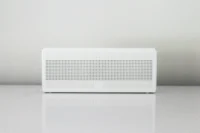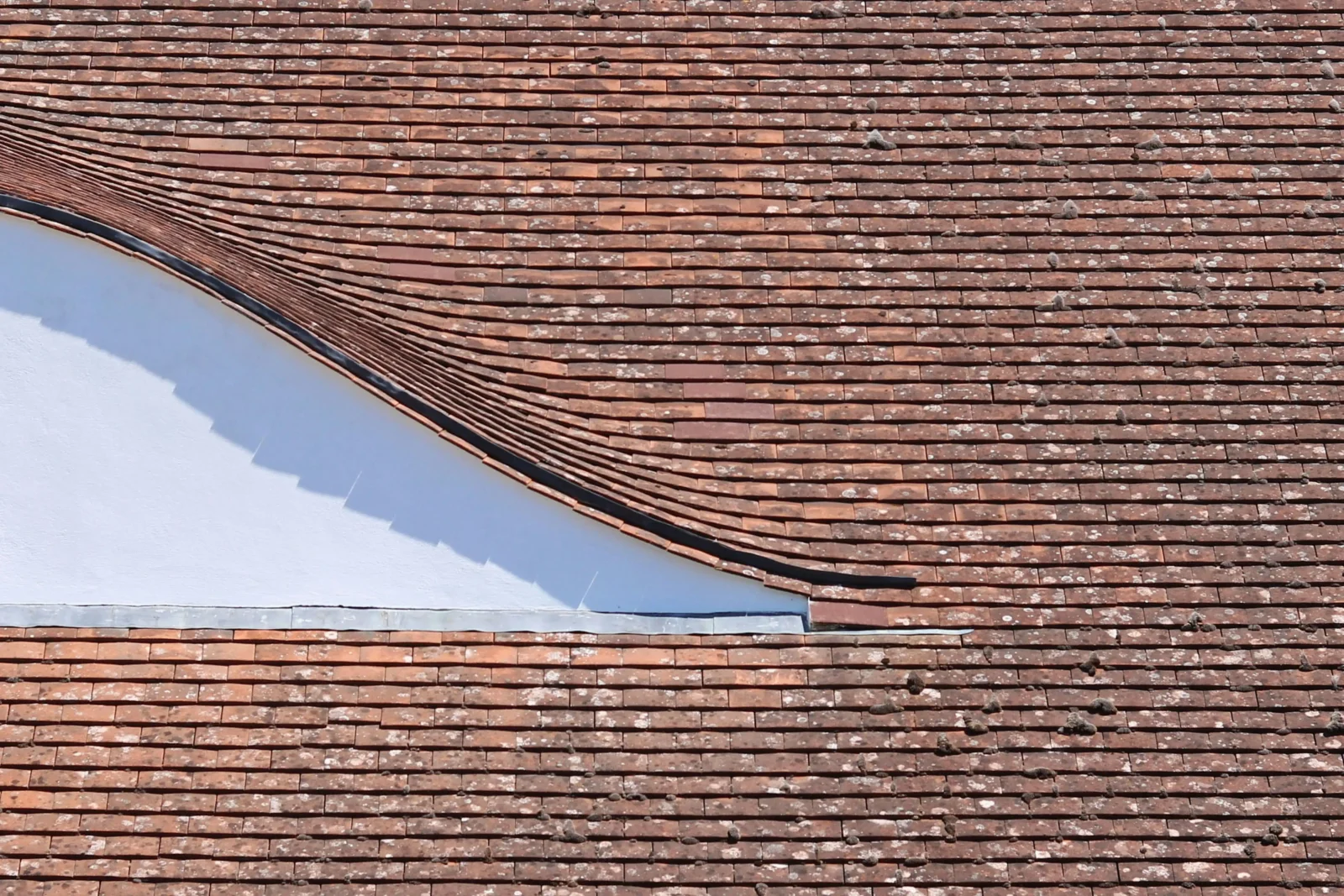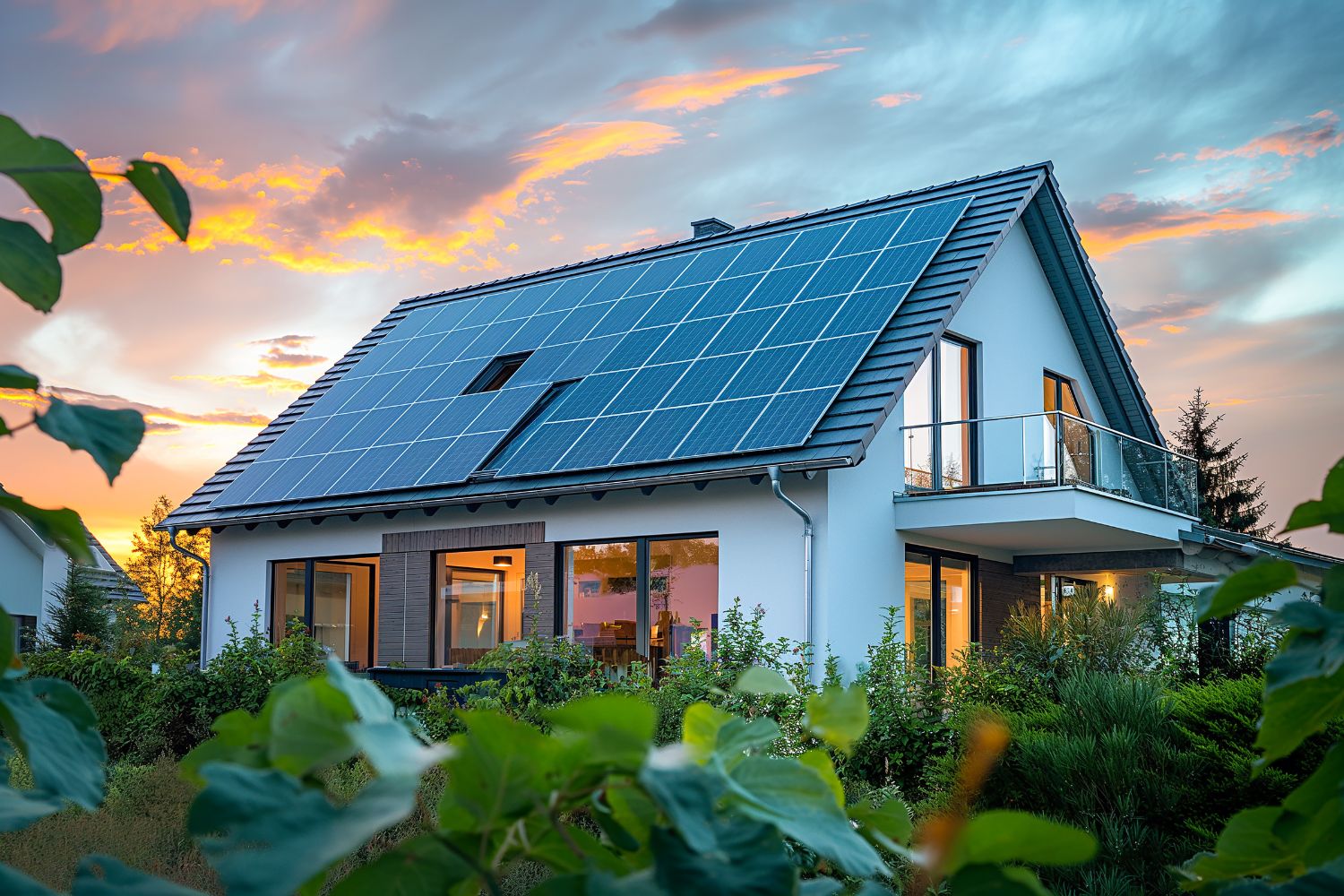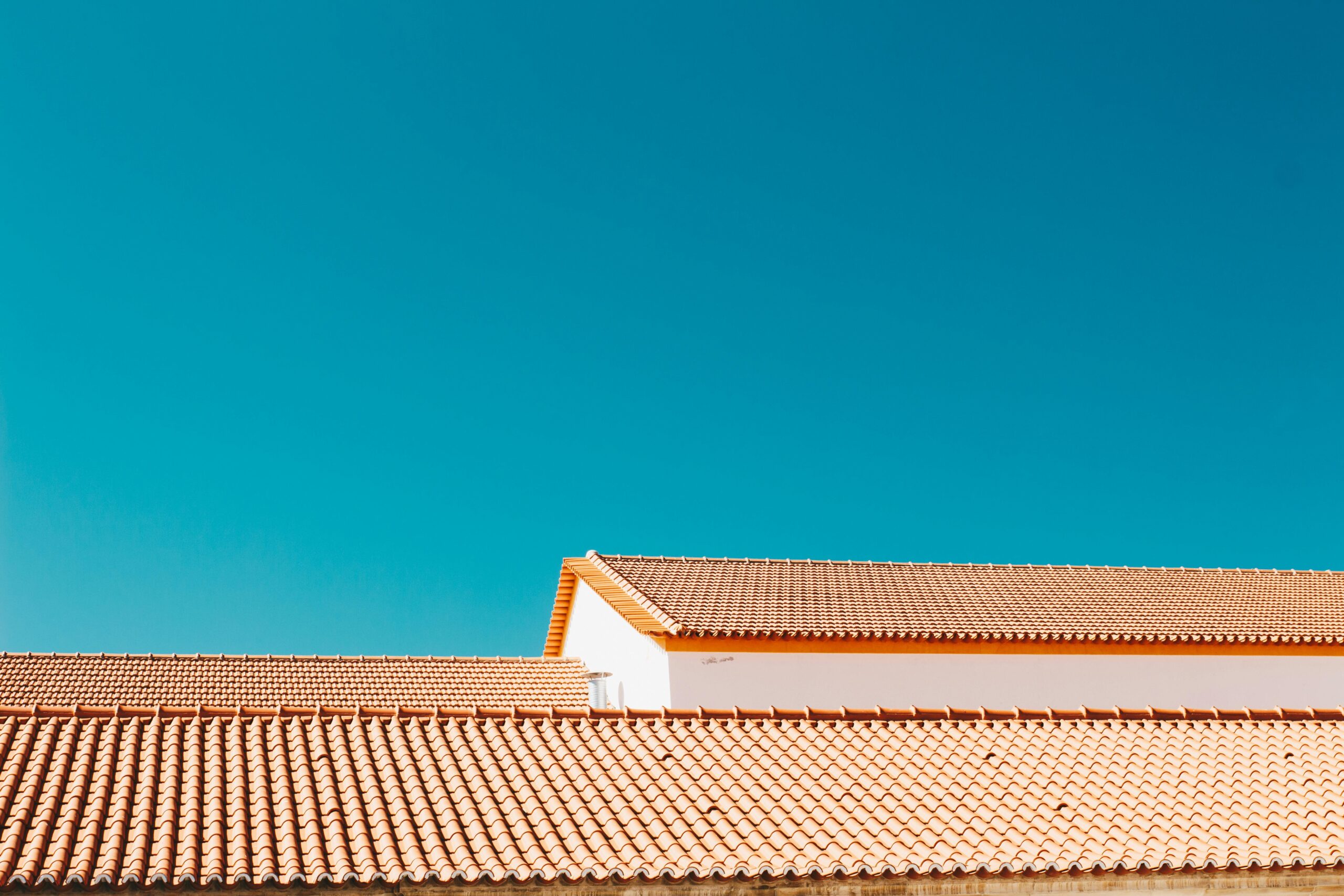- Home
- Articles
- Architectural Portfolio
- Architectral Presentation
- Inspirational Stories
- Architecture News
- Visualization
- BIM Industry
- Facade Design
- Parametric Design
- Career
- Landscape Architecture
- Construction
- Artificial Intelligence
- Sketching
- Design Softwares
- Diagrams
- Writing
- Architectural Tips
- Sustainability
- Courses
- Concept
- Technology
- History & Heritage
- Future of Architecture
- Guides & How-To
- Art & Culture
- Projects
- Interior Design
- Competitions
- Jobs
- Store
- Tools
- More
- Home
- Articles
- Architectural Portfolio
- Architectral Presentation
- Inspirational Stories
- Architecture News
- Visualization
- BIM Industry
- Facade Design
- Parametric Design
- Career
- Landscape Architecture
- Construction
- Artificial Intelligence
- Sketching
- Design Softwares
- Diagrams
- Writing
- Architectural Tips
- Sustainability
- Courses
- Concept
- Technology
- History & Heritage
- Future of Architecture
- Guides & How-To
- Art & Culture
- Projects
- Interior Design
- Competitions
- Jobs
- Store
- Tools
- More
How Roof Overhangs Improve Exterior Aesthetics and Structural Value

The exterior of a home communicates a great deal before anyone steps inside. Its features shape impressions and play a direct role in comfort and durability. Roof overhangs, sometimes overlooked during design planning, offer both visual balance and long-term advantages. Their function stretches beyond appearance, influencing how a building interacts with sunlight, water, and shifting weather. When designed with thought, roof overhangs bring together form and function in ways that benefit both structure and residents alike.
Table of Contents
ToggleEnergy Efficiency and Climate Comfort
Smart architectural planning pays close attention to how homes react to their surrounding climate. Roof overhangs are instrumental in this process. They shield windows and walls from prolonged sun exposure, helping interior temperatures stay stable without overworking heating or cooling systems. During summer, well-sized eaves block direct sunlight from entering living spaces, reducing the reliance on air conditioning. In cooler months, when the sun is lower in the sky, they allow more light and warmth to penetrate through windows. This adaptive shading directly contributes to lower energy bills and increased thermal comfort. At the heart of these improvements lie the roof overhang benefits, where functionality meets sustainable living. By improving energy performance through passive solar control, these overhangs support both economic and environmental goals. They reduce dependence on mechanical systems and align the building’s performance more closely with natural seasonal shifts.

Visual Balance and Architectural Definition
Beyond energy savings, roof overhangs shape the way a home looks and feels. A flat wall with no projection often lacks dimension, while an overhang adds depth and breaks up flat surfaces with shadow and detail. It draws the eye upward and gives a home a finished, cohesive appearance. For modern homes with sleek lines, a shallow overhang might accentuate minimalism. In traditional homes, broader eaves may convey shelter and timelessness.
They frame the structure without overpowering it, giving visual rhythm to the roofline. Overhangs also interact with features like trim, gutters, and siding to create a unified look. This subtle architectural framing makes the building feel more grounded and intentional in its design. It helps balance proportion and avoid stark transitions between the wall and the roof.
Material Protection and Durability
A roof overhang isn’t merely decoration. It provides a first layer of defense for the exterior. Rainwater, when allowed to run directly down walls, accelerates the breakdown of paint, wood, and siding. By projecting past the vertical surface of the wall, overhangs reduce the amount of direct rainfall that hits vulnerable materials. This helps prevent rot, staining, and premature wear.
Not only do they divert water, but they also reduce the likelihood of leaks where the roof and wall meet. Overhangs minimize splashback around foundations, preserving the integrity of stone, brick, and concrete. With this added protection, exterior elements maintain their condition longer, requiring less frequent maintenance. When installed with drip edges and proper flashing, the structure benefits from a longer lifespan and fewer unexpected repairs.
Comfort During Storms and Extreme Weather
Beyond rain protection, roof overhangs can offer practical shelter during storms. Wider eaves give windows and doors a buffer from wind-driven rain or snow. This helps maintain visibility and reduces the chance of moisture seeping through seals. On days of intense sun or sudden hail, covered walkways or porches created by extended overhangs offer areas of relief.

They create transition zones between indoor and outdoor spaces. These shaded pockets can serve as quiet spots to enjoy a breeze or take cover during abrupt weather changes. In hurricane-prone areas, thoughtfully designed overhangs redirect wind pressure and limit the potential damage to fascia boards and gutters. Their shape and length can be calculated based on regional wind speeds to keep performance aligned with local needs.
Improved Indoor Lighting and Glare Control
Sunlight has a transformative impact on how interiors feel throughout the day. Overhangs allow for controlled illumination, offering enough light without overpowering rooms with glare. In south-facing homes, large eaves can create diffused lighting that changes subtly over the day. This balance is especially helpful for rooms used for reading, working, or relaxing, where harsh direct sunlight might otherwise be disruptive.
Properly angled overhangs allow for natural daylighting without the UV intensity that fades furniture or overheats interiors. With less glare, spaces feel calmer, and screens or reflective surfaces are easier on the eyes. This lighting control helps shape the atmosphere of living areas while contributing to a sense of rhythm and flow throughout the home.
Roof overhangs serve far beyond their immediate visual appeal. They act as practical, protective, and climate-responsive features that support a home’s resilience and comfort. Whether working with modern geometry or traditional elegance, embracing the value of roof overhangs is a choice that elevates both form and function.
Submit your architectural projects
Follow these steps for submission your project. Submission FormLatest Posts
Best Practices for Roof Inspections and Maintenance
On most projects, the roof spends decades out of sight while carrying...
Sunny Days, Secure Roof: Simple Steps to Shield Your Home
Your home is more than just a place to live—it’s a sanctuary....
Simple and Stylish Roof Ideas for Homeowners
When designing your home, don’t overlook the roof. It’s essential for both...
Key Qualities to Look For in a Residential Roofing Contractor
Choosing a residential roofing contractor involves careful consideration. The roof is a...












Leave a comment